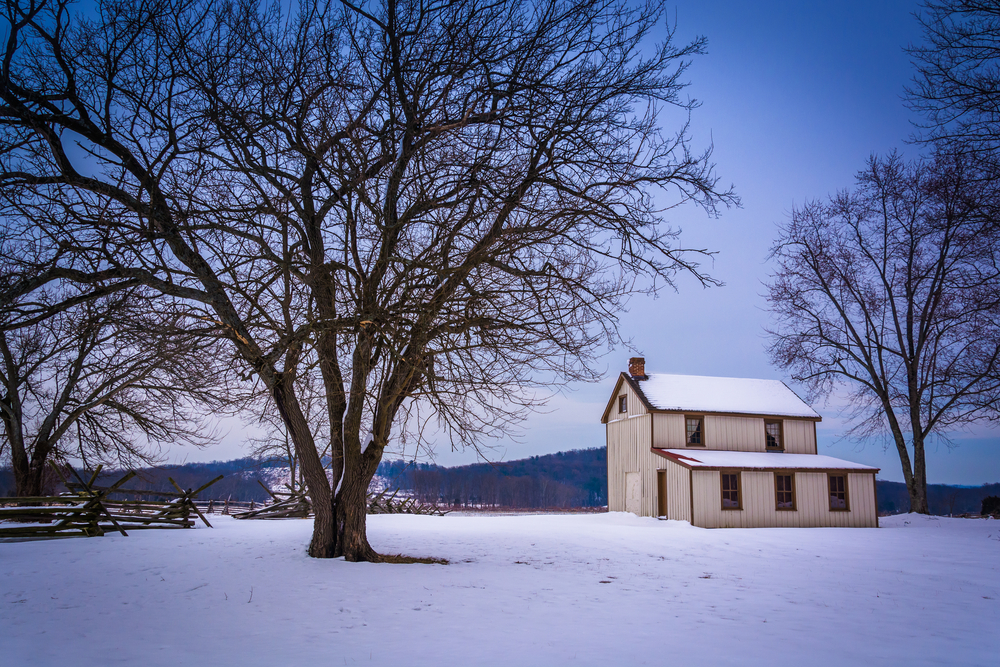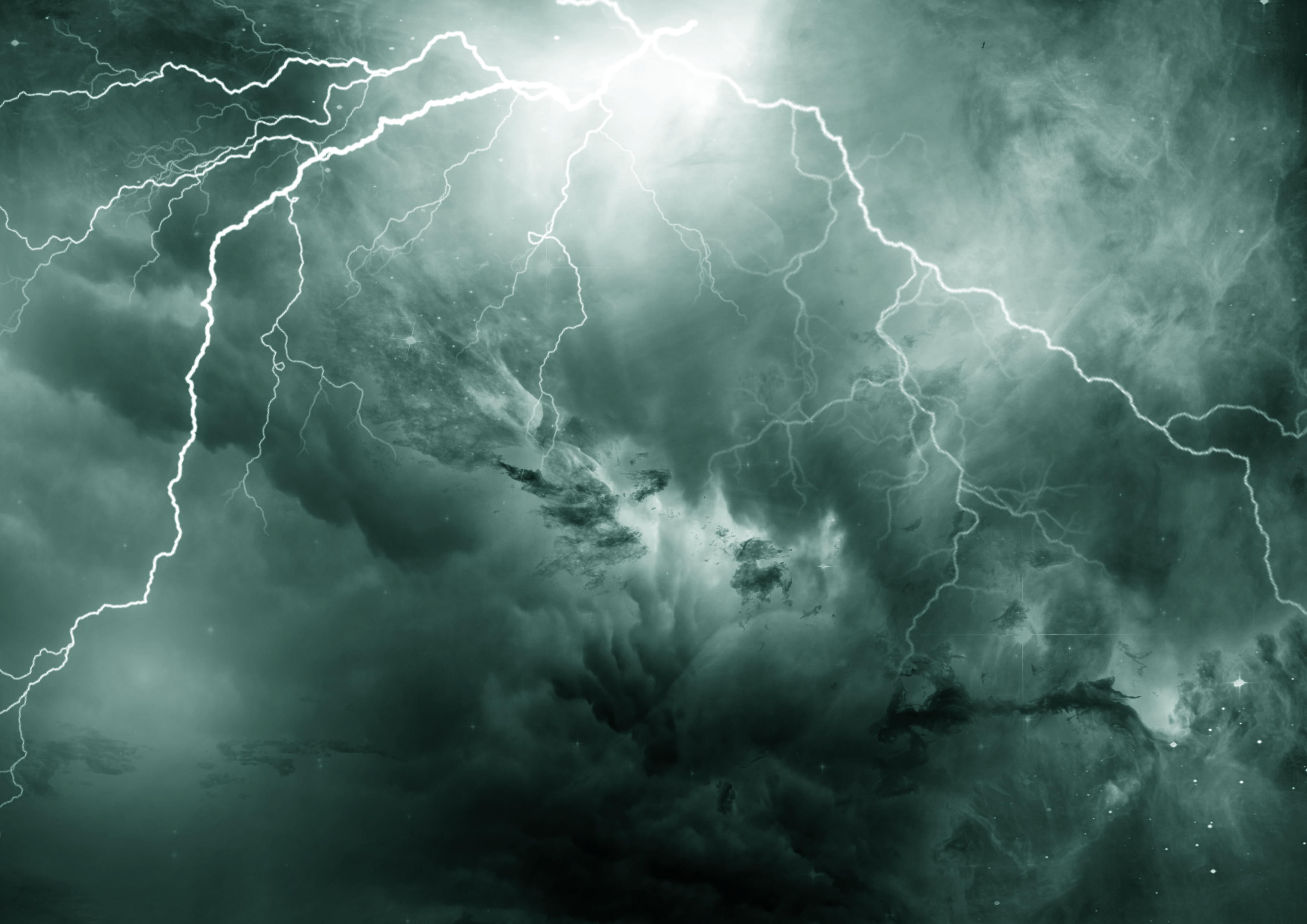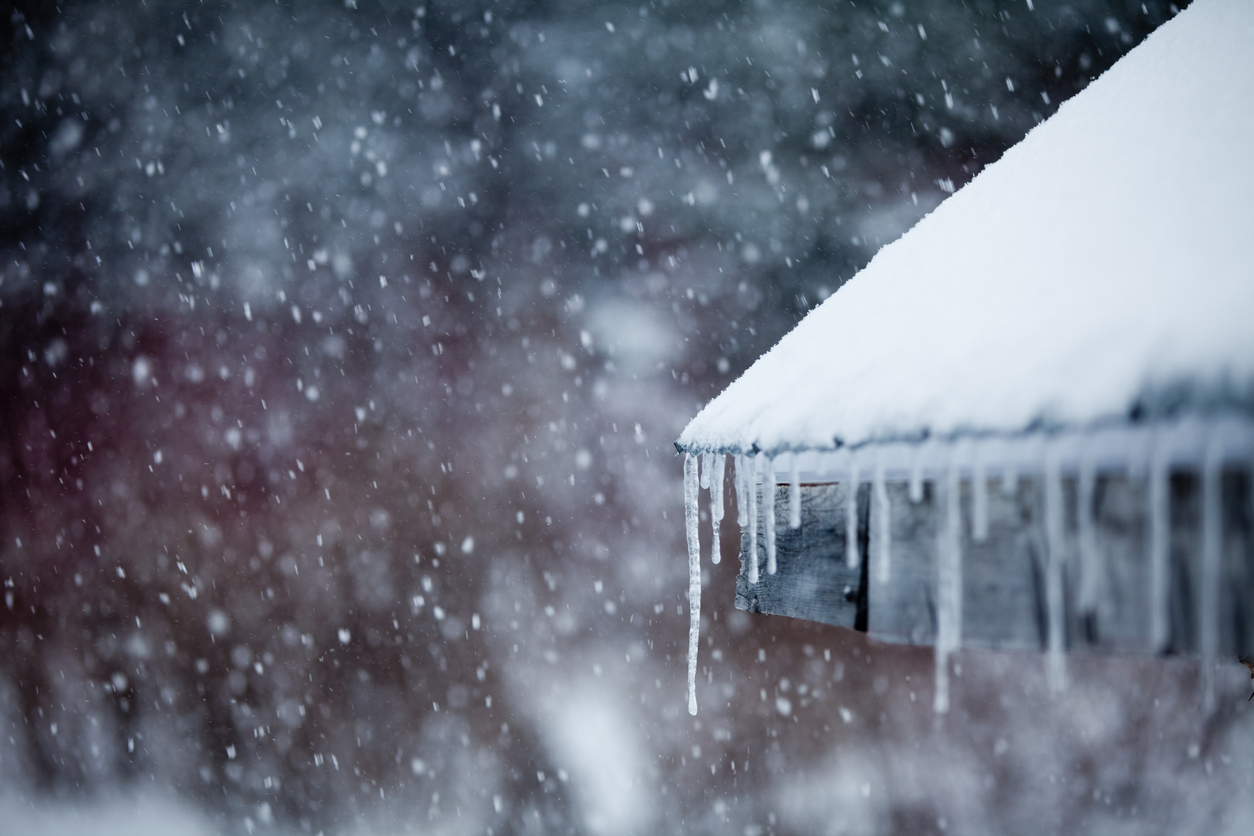Building Resilient Homes: Taking on Winter Weather
Original article can be found here.
In many parts of the U.S., there’s no escaping winter weather and, in recent years, we’ve seen winter storms start to impact areas that haven’t historically seen prolonged periods of cold weather. The winter storm that impacted Texas in 2021 made it clear that the homes and infrastructure in warmer weather states are not equipped to handle sustained freezing temperatures, ice and snow.
Texas isn’t the only state that has recently experienced record low temperatures that caused major disruption. States like Virginia, the Carolinas and Florida have started to see more extreme cold as well. Most homes in southern states were not built with winter weather in mind. For example, they may not have the proper insulation or may not have a basement, both of which play an important role in storing heat, keeping pipes from freezing and protecting the foundation of the home.
Understanding the challenges and risks associated with heavy snow, freezing rain and sub-zero temperatures can help ensure that your home withstands the winter months, regardless of where you live.
Even in winter-prone states, the standard for homes can fall short
While there are state and local guidelines and requirements when it comes to building in cold-weather climates, winter continues to test the strength of our homes and building codes may be outdated based on changing weather trends. There may also be significant differences in these requirements from state to state or county to county, making it more difficult for consumers to understand what exactly is needed to protect their homes.
Understanding that building code requirements oftentimes only cover the bare minimum and can fall short of preventing damage is important. When members build their homes to go above and beyond the minimum required by building codes, their homes are more likely to withstand even the harshest of winters.
In one member’s New York home, the heating system malfunctioned while they were on vacation during the winter. Their low-temperature monitor alerted them, but by the time their fuel supplier could fix the issue, multiple pipes in the home had frozen. As the temperature eventually rose, the pipes burst, releasing water throughout the walls, damaging an entire wing of the home and displacing the family for months as repairs took place.
While our member is from an area that regularly sees harsh winters, one system error managed to cause hundreds of thousands of dollars in damage—which could have been prevented if a caretaker or trusted friend had been there to check on the home and turn off the water supply.
Water damage claims are four times more severe among the PURE membership when they occur in homes that are unoccupied. When no one is there to notice it, water can run undetected for days or more.– Jason Metzger, SVP, Head of Risk Management
Steps to prepare your home for cold weather
Preparing for winter during the off season is the best way to offset the potential impact of cold weather. Upgrading certain areas of your home, installing loss prevention technology and implementing best practices for home maintenance can help reduce the damage if a loss should occur or even prevent a loss all together.
HIRE A LOCAL CARETAKER FOR YOUR HOME.
For homeowners who have multiple properties and can’t be physically present in all their homes at once, it is important to have a trusted friend or caretaker who is local and able to visit your unoccupied home as needed.
MAINTAIN THE TEMPERATURE IN YOUR HOME.
You can significantly reduce the likelihood of frozen and burst pipes when you keep the temperature of your home set to at least 65 degrees. You can also utilize smart-home technology, such as Google Home or Nest, to monitor and control the temperature in your home while you’re away.
USE TECHNOLOGY TO PREVENT WATER LOSSES.
Low-temperature sensors are designed to alert you to unusually low temperatures in your home and give you the opportunity to intervene before damage can occur. When combined with an automatic water shut-off device, which allows you to remotely turn off your water supply and alerts you if a leak is detected, your risk for water damage is greatly reduced.
HAVE AN ALTERNATE POWER SOURCE IF THE POWER GOES OUT.
A permanently installed whole-home generator restores electricity during a power outage. This mitigates costly losses by keeping critical home systems running and helps to maintain heat throughout the home which is instrumental in preventing burst pipes.
DON’T FORGET ABOUT THE ATTIC.
Many burst pipes claims originate in the attic. HVAC systems, water heaters and other water lines are commonly placed in the attic and are more susceptible to freezing during cold snaps because they are away from the heat of the home. You can keep these pipes safe by making sure your attic is properly insulated, as well as the pipes themselves.
IF YOU ARE REPLACING YOUR ROOF, MAKE IT MORE RESILIENT.
A roofing underlayment is a protective layer that sits between your shingles and roof deck and helps to prevent water intrusion and mold. We recommend an underlayment that specifically protects against rain and ice dams. Install it all the way from the eave’s edge to a point at least two feet past the building’s exterior wall (farther for low-slope roofs), as well as in roof valleys



